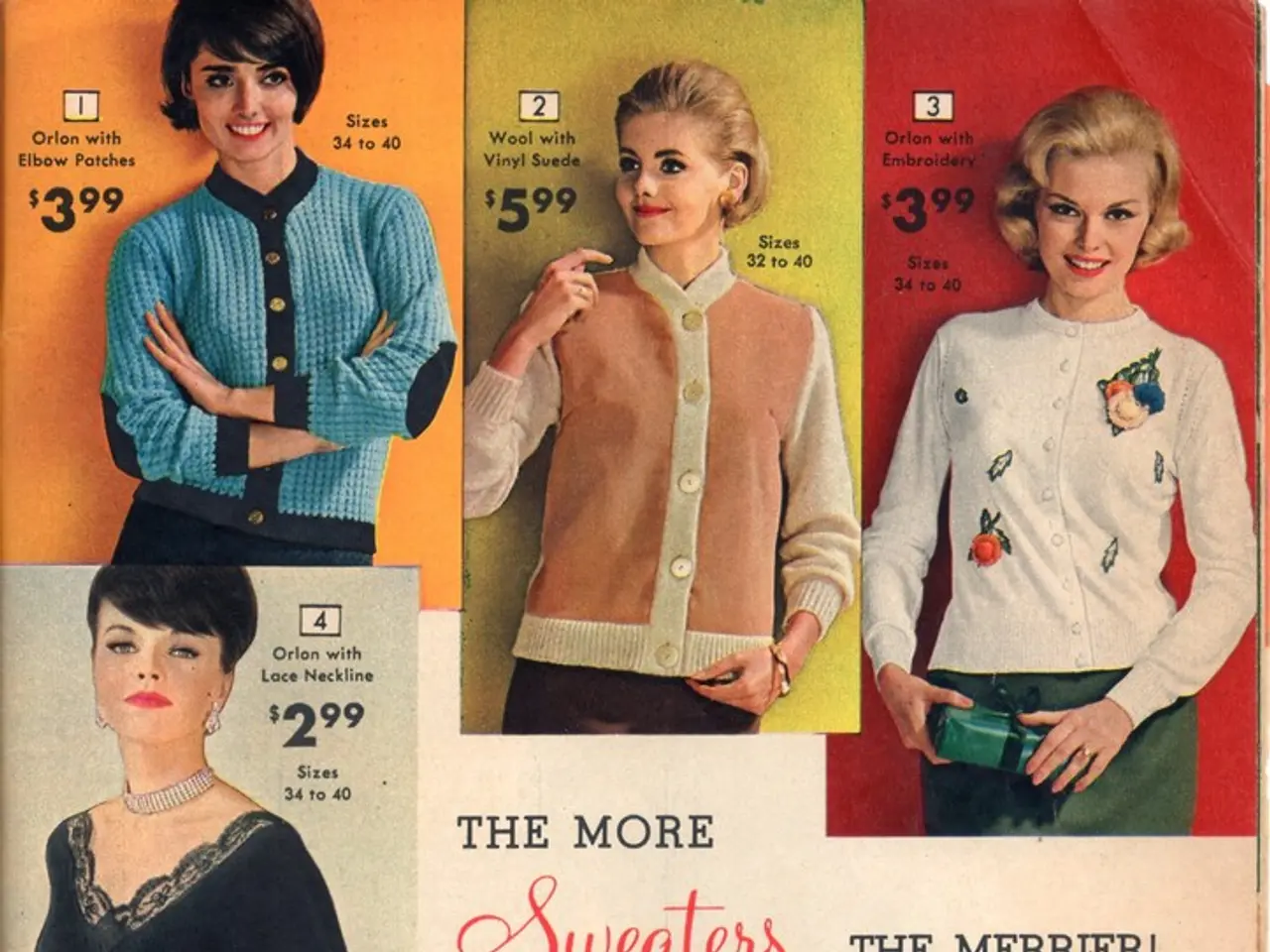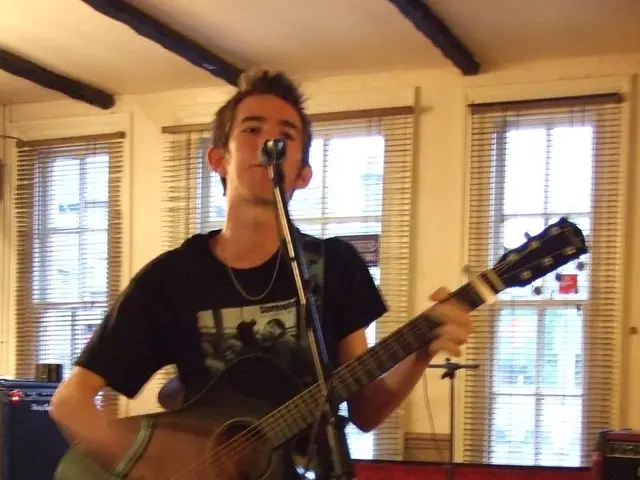Vitra Design Museum's 'Catwalk' Showcases Evolution of Fashion Shows
The Vitra Design Museum in Weil am Rhein is set to host 'Catwalk - The Art of the Fashion Show' from October 18, 2025, to February 15, 2026. This exhibition traces the evolution of fashion shows from the early 20th century to the present day, highlighting key moments and influential designers.
The story begins in 1945 with the 'Théâtre de la Mode' exhibition in New York, which marked the start of Fashion Week in the city. Paris, London, and Milan soon followed suit. Despite the significance of this event, information about costume designers involved, besides the 40 Parisian couturiers, remains scarce.
The exhibition at Vitra Design Museum explores how fashion shows have transformed over time. Charles Frederick Worth, the 'father of haute couture', laid the groundwork in the 19th century. Moving to Paris with little knowledge of the language and just five pounds, Worth revolutionized fashion by designing collections in advance, sewing his name into garments, and presenting designs via live models.
Today, fashion shows often prioritize online audiences, with designs tailored for social media. Yet, the distinction between haute couture and prêt-à-porter remains. Haute couture consists of intricate, handmade pieces created specifically for the runway, while prêt-à-porter is released in standard sizes and varying quantities.
Designers like Alexander McQueen have pushed boundaries, incorporating industrial robots and holograms into their shows. In the 1990s, fashion shows became lavish spectacles, with designers transforming venues into supermarkets or installing rockets.
The 'Catwalk - The Art of the Fashion Show' exhibition offers a comprehensive look at the development of fashion shows. From their humble beginnings to today's elaborate spectacles, the exhibition showcases the creativity and innovation that has defined the industry. Visitors can expect a fascinating journey through time, highlighting the impact of fashion shows on the industry and popular culture.







